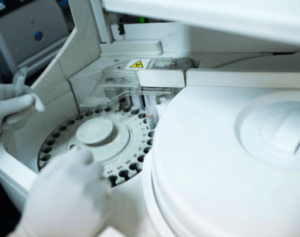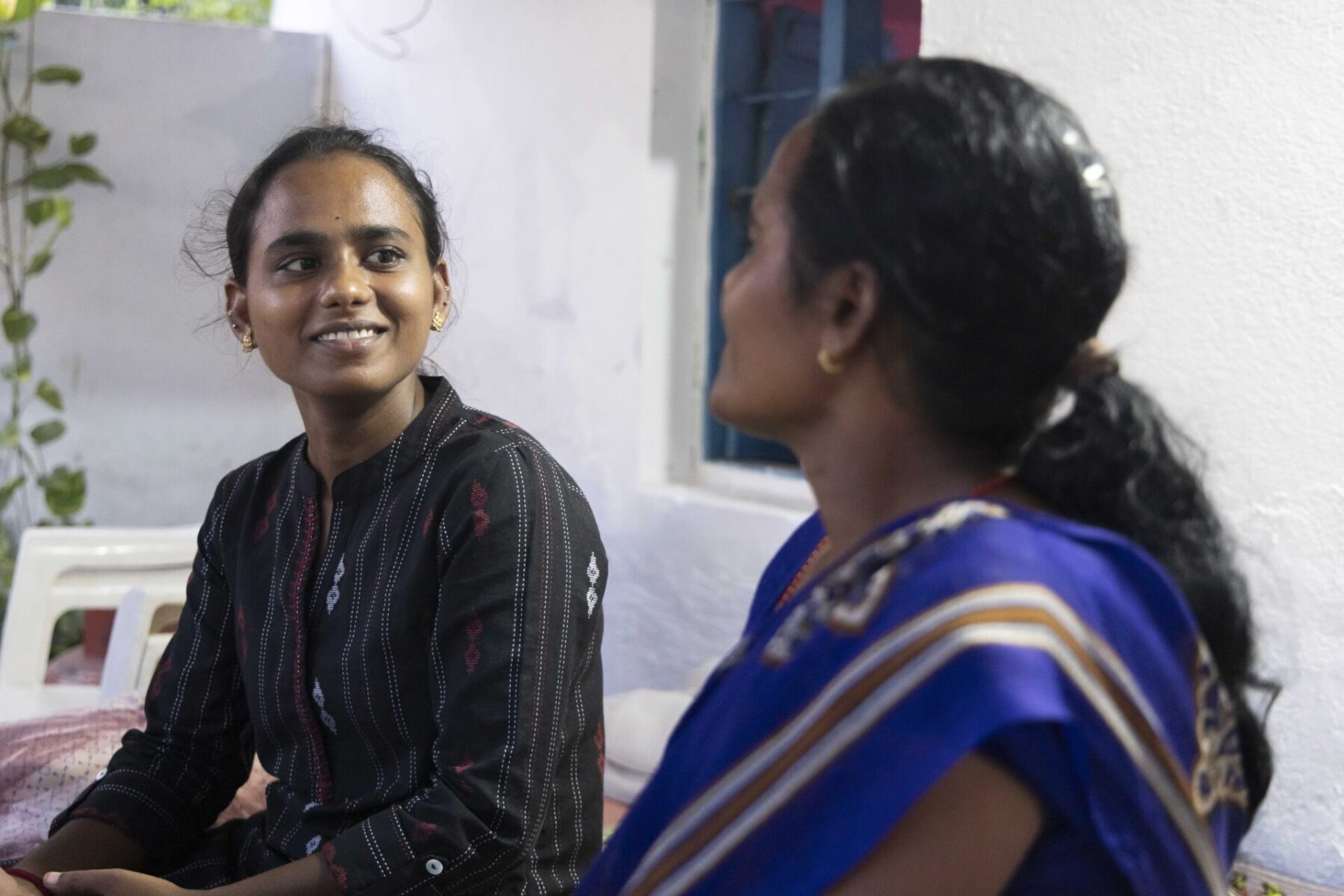Drug resistance in new cases reflects primary transmission of resistant strains, while drug resistance in previously treated patients is more likely to reflect acquired resistance during previous tuberculosis (TB) treatment.
In this study from a rural hospital in South India, we compared molecular differences between new and previously treated TB patients who had isoniazid or rifampicin resistance-conferring mutations using the GenoType MTBDRplus assay. Out of 2112 TB patients, 245 (11.6%) had rpoB mutations and 338 (16%) had isoniazid resistance-conferring mutations. Among patients with rpoB mutations, the proportion of new and previously treated cases with no isoniazid resistance-conferring mutations was 41.2% and 26% (P-value = 0.02; risk ratio [RR] 1.58, 95% confidence interval [CI] 1.09-2.31; risk difference [RD] 15.2%, 95% CI 18.2-28.6), respectively.
Among patients with isoniazid resistance-conferring mutations, the proportion of new and previously treated cases with no rpoB mutations was 71.8% and 33.2% (P-value < 0.0001; RR 2.17, 95% CI 1.73-2.71; RD 38.7%, 95% CI 28.8-48.6), and the proportion with single inhA mutations (versus having katG mutations) was 33.1% and 20.9% (P-value = 0.012; RR 1.58, 95% CI 1.11-2.27; RD 12.2%, 95% CI 2.57-21.8), respectively. The most common resistance mutations were S531 L in the rpoB gene, S315T1 in the katG gene and C15T in the inhA gene, and there were no significant differences between new and previously treated patients.
In conclusion, new TB cases were less likely to have combined isoniazid and rifampicin resistance-conferring mutations and, in cases with isoniazid resistance, they were more likely to have single inhA mutations than katG mutations. Taking into account that previous research has shown katG mutations precede mutations in the rpoB gene in most cases of rifampicin resistant TB, our results suggest a negative epistatic association between katG and rpoB mutations.







